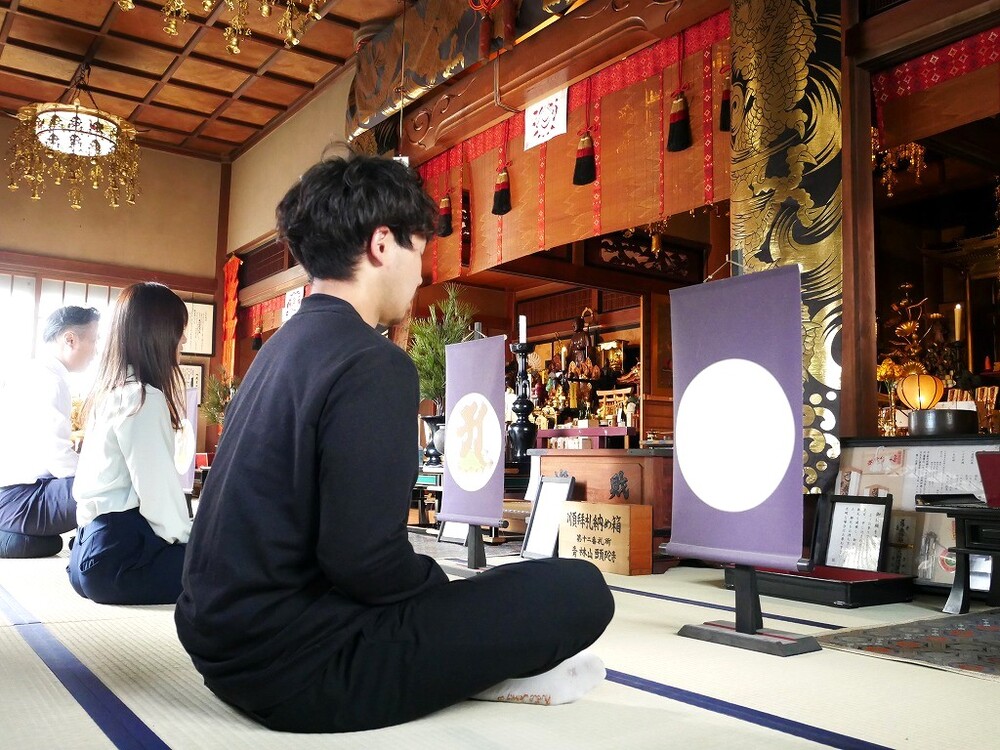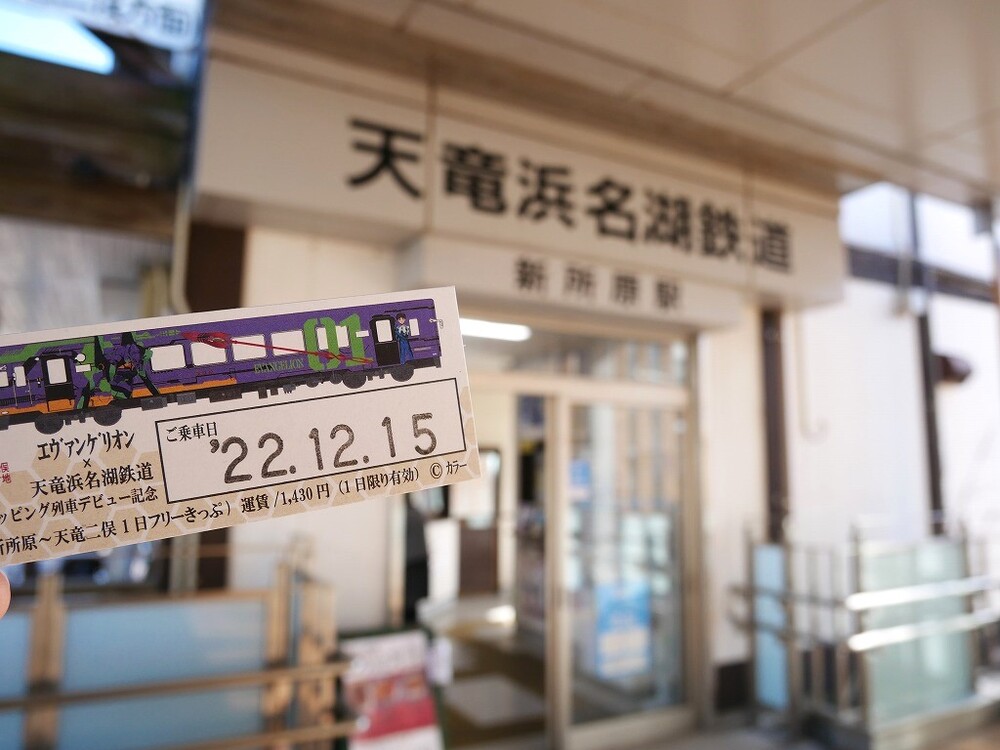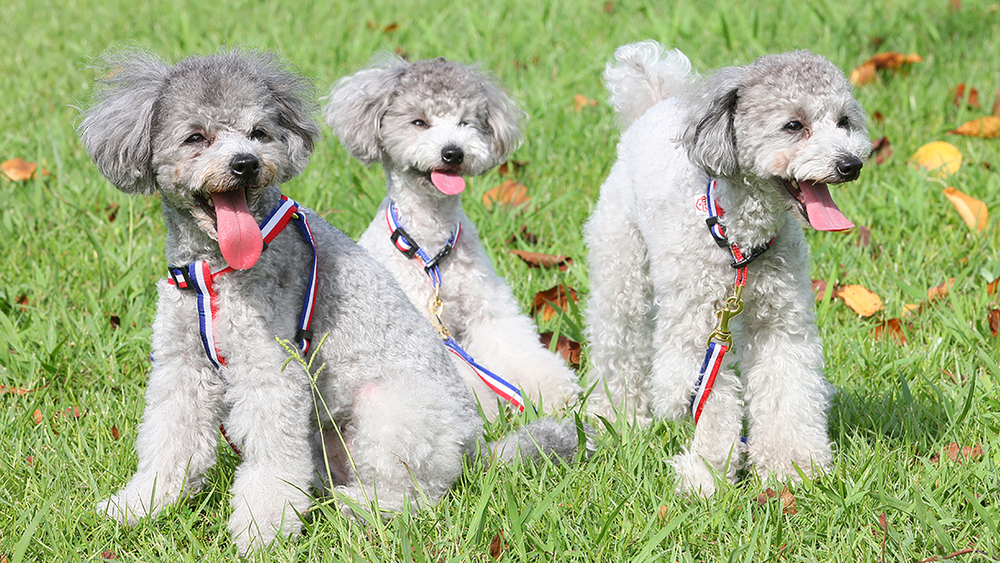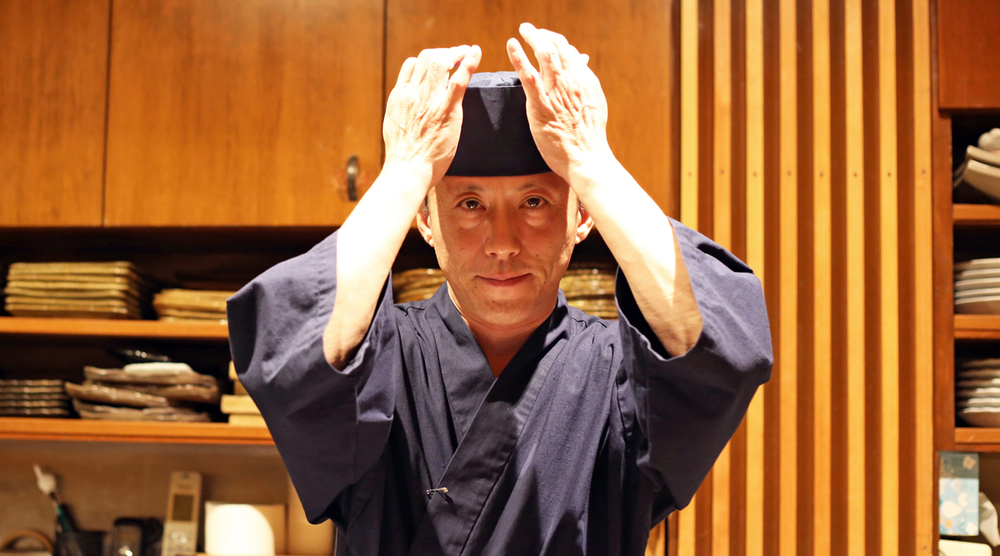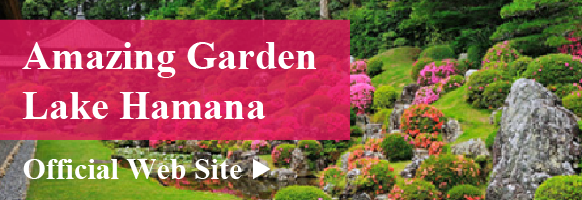Get to Know Hamamatsu
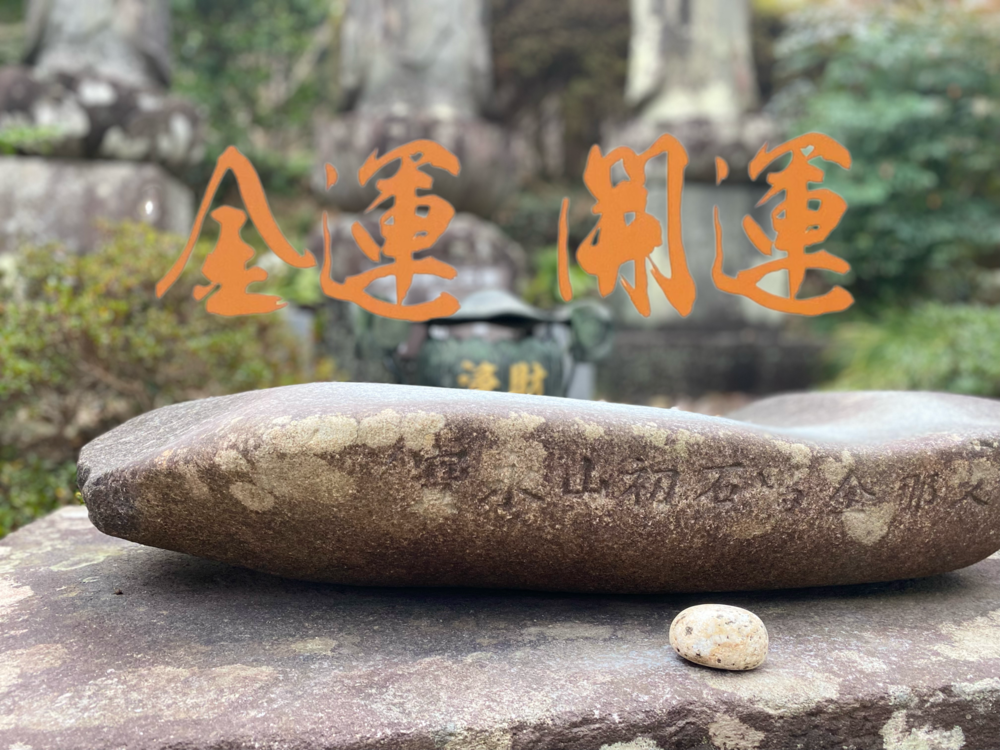
- Watch
Don’t Miss Out! Hamamatsu’s Ultimate Lucky Money Spot ♡ Shosan Hōrinji — Take Home an Original Good Luck Charm!
Haven’t heard of it yet? Here’s Hatsuyama Hōrinji, Hamamatsu’s top spot for boosting your financial luck! Visit and see if your money fortune improves!…
\ Said to be the best money luck spot in Hamamatsu City /
[Syosan Horinji Temple]

After receiving a prayer and buying a lottery ticket by ringing the gold medallion, big winners have appeared one after another, and now major lottery stores are frequented by people and business is going smoothly.
Don't know yet? Good to know! We spoke to the chief priest at Hatsuzan Horinji Temple, a spot that offers the best luck with money.
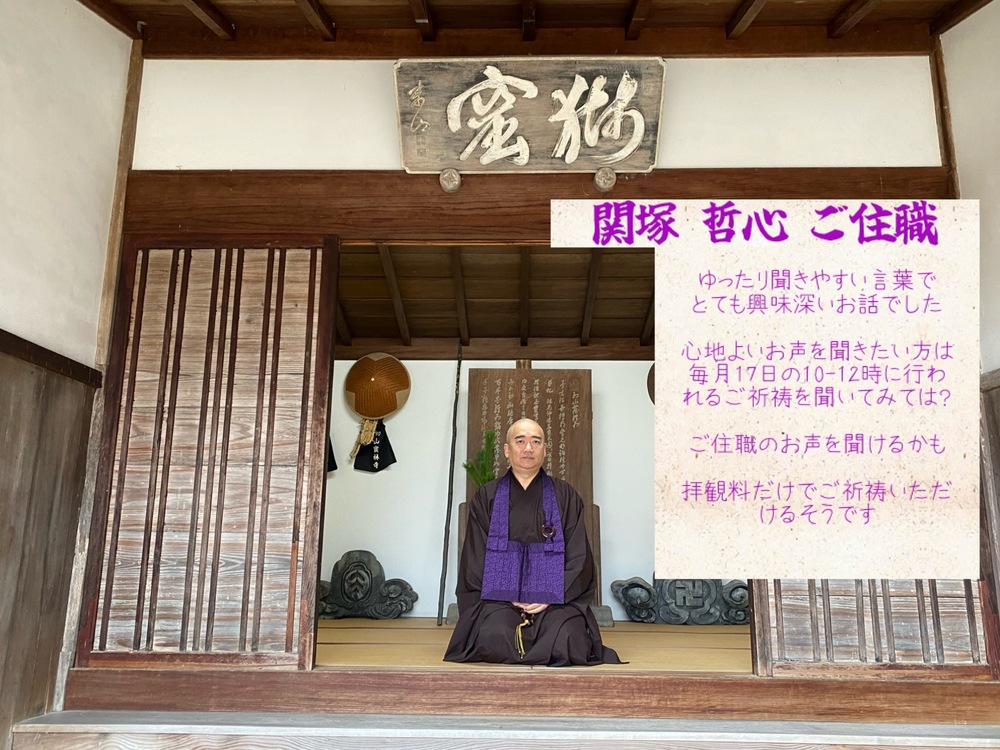
Nowadays, Ryubundo is said to bring good luck with money, but it was originally the place where the god of fire was enshrined. So why did it become good luck with money? Before we get into that, let me first explain the history of the temple.
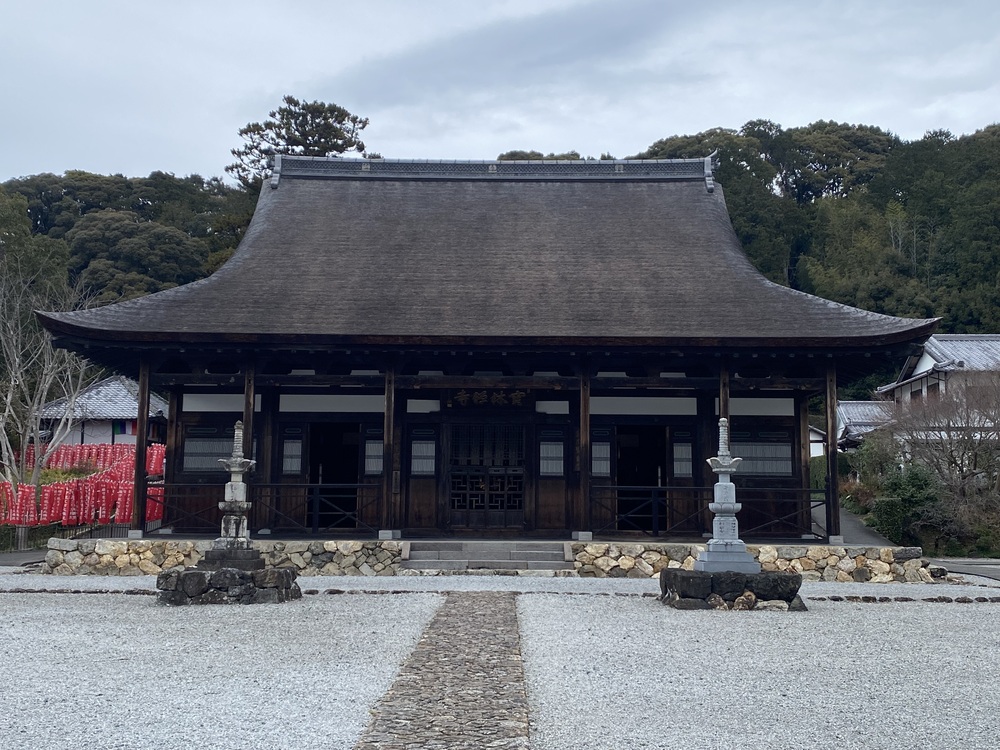
The Buddhist temple is a nationally designated important cultural property.
There are 13 sects of Buddhism in Japan, and Horinji is a temple of the Obaku sect. The Obaku sect is a sect that was spread about 370 years ago by Zen Master Ingen in China (then the Ming Dynasty). (He is also famous as the person who introduced green beans to Japan.)
When Ingen Zenji was invited to Nagasaki, he came to Japan with dozens of disciples.
In 1664, one of his disciples, the Zen master Dokutan, opened the mountain for the first time, giving it the name “Syosan.”
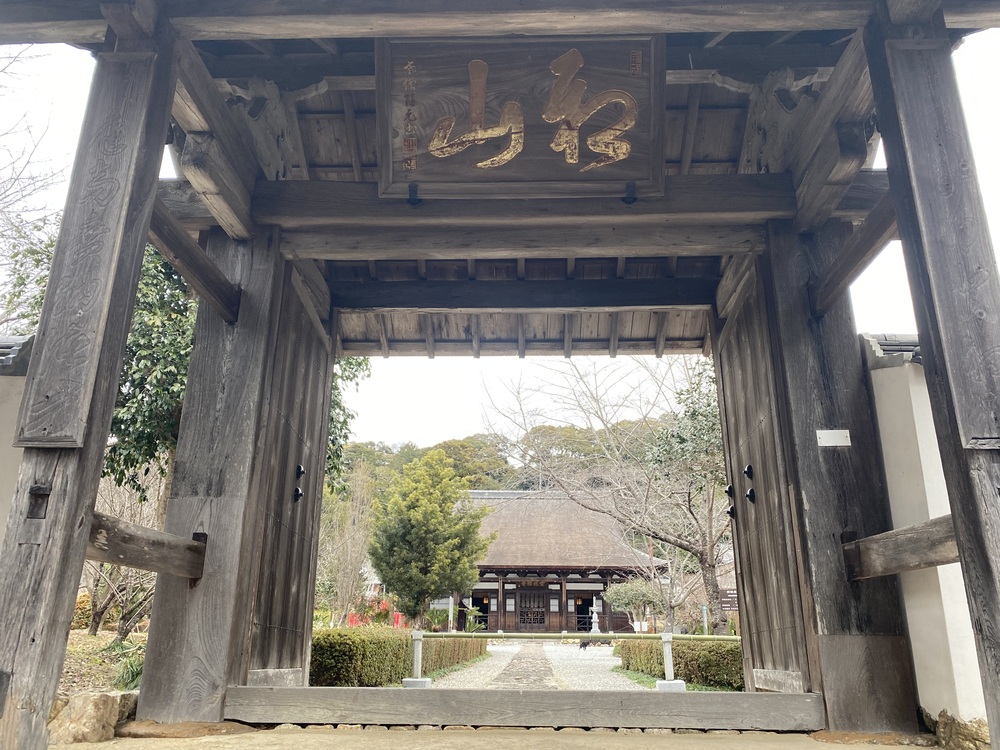
Sanmon is a designated tangible cultural property of Shizuoka Prefecture.
It is also the family temple of the Kanasashi Kondo and Kiga Kondo families, who served the Tokugawa family for generations. Do you remember the 2017 NHK Taiga drama “Onna Castle Lord Naotora”?
In the drama, Mr. Kondo was portrayed as a rugged military commander with a splendid beard.
Approximately 70 years after the story begins, this land was divided into five families and ruled by Kondo’s descendants. Horinji Temple began when Tonosuke Teiyo of the Kanasashi Kondo family, the main family of the temple, invited Zen master Doktan.
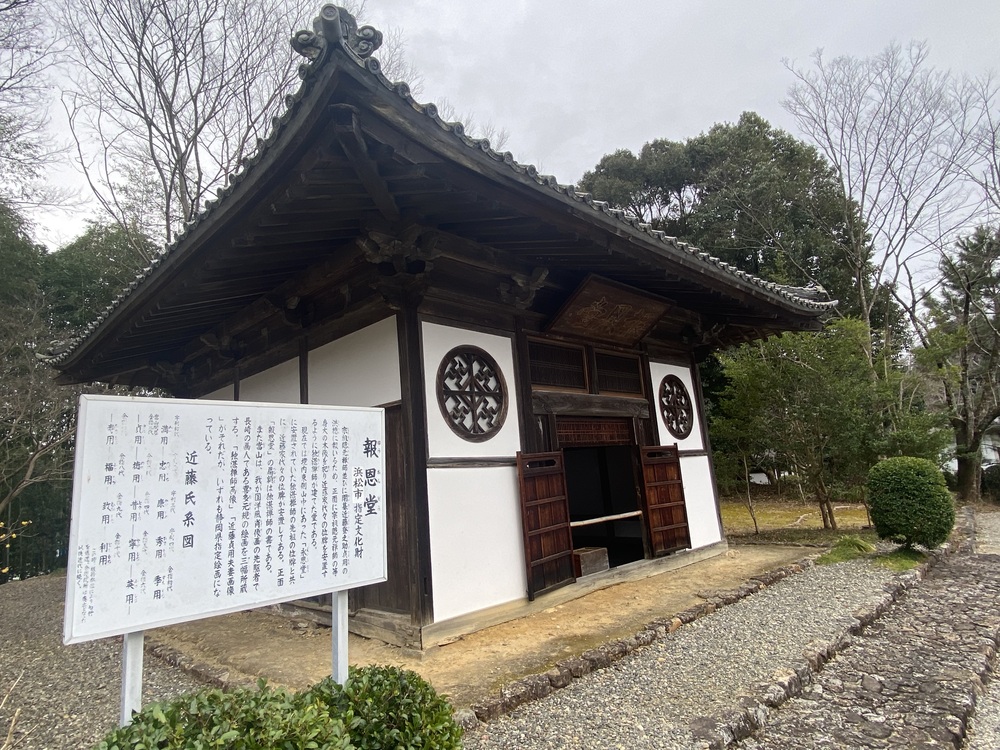
So, how did it come to be known as “good luck with money” in such a history?
Horin-ji Temple was built in 1664, and flourished as the Kondo family’s family temple and the center of Obaku culture in the Enshu region (western part of Shizuoka Prefecture) as a specialty dojo for Obaku Zen. However, over the years, there were times when it declined and became deserted.
In the Heisei era, Mr. Osho Sekizuka became the chief priest and revived the Ryubunbo festival, which had ceased after the war.
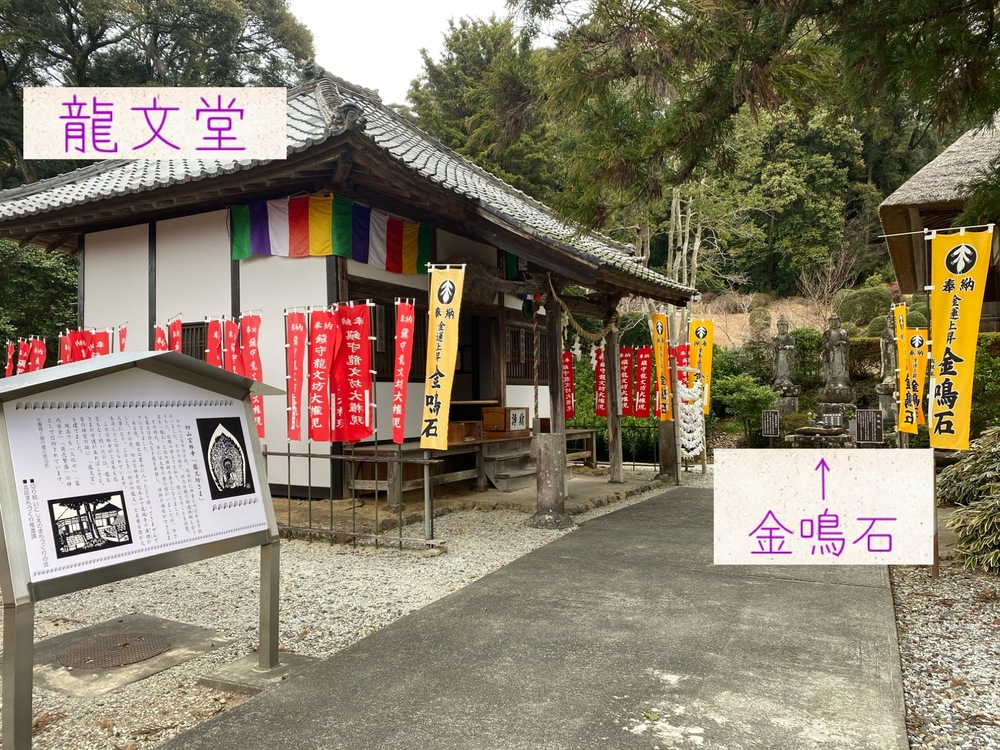
When it was first revived, we held a festival and distributed amulets prayed at Ryubundo, where the god Hibushi is enshrined, to local businesses to encourage them to visit.
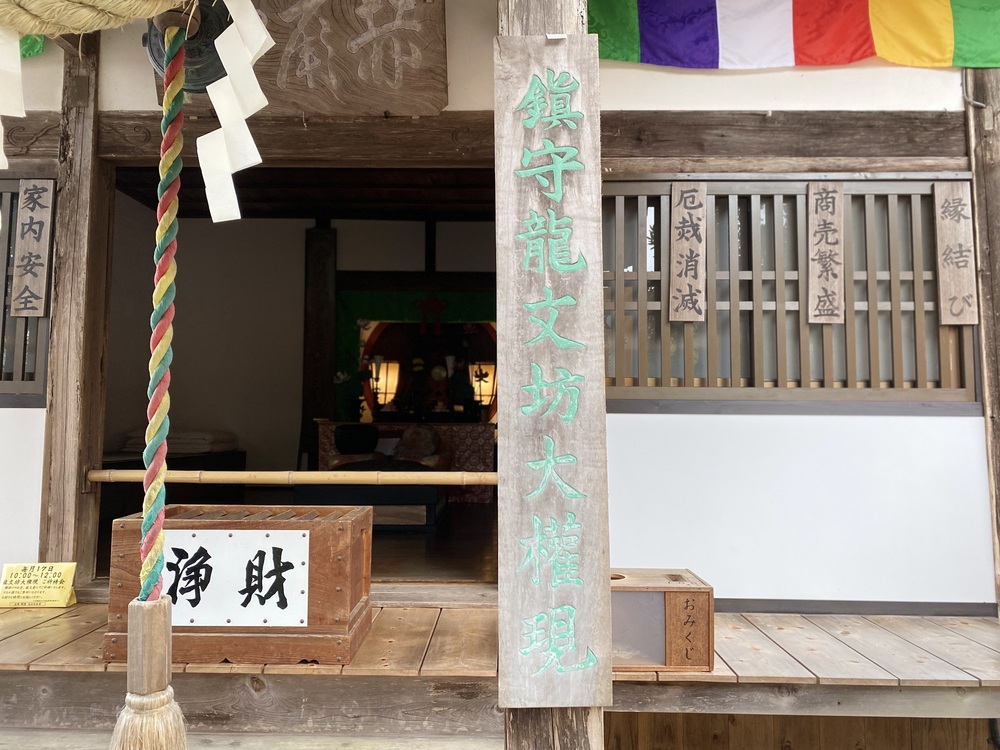
After praying at Ryubundo Hall, ring the golden stone just to the right. As a result, business in the local shopping district and shops began to go smoothly. It became a big rumor, and it seems that many people appeared one after another who said that they prayed and made a wish before buying a lottery ticket and rang the gold ringing stone, and then won a large amount of money on the lottery ticket they purchased.
Hearing this, he started frequenting the lottery ticket office. “Please, I hope you win a big prize from our store.”
After that, we got word to the head office of the lottery store (a major national chain store), and Horinji officially started praying for the envelopes that held the lottery tickets at that store.
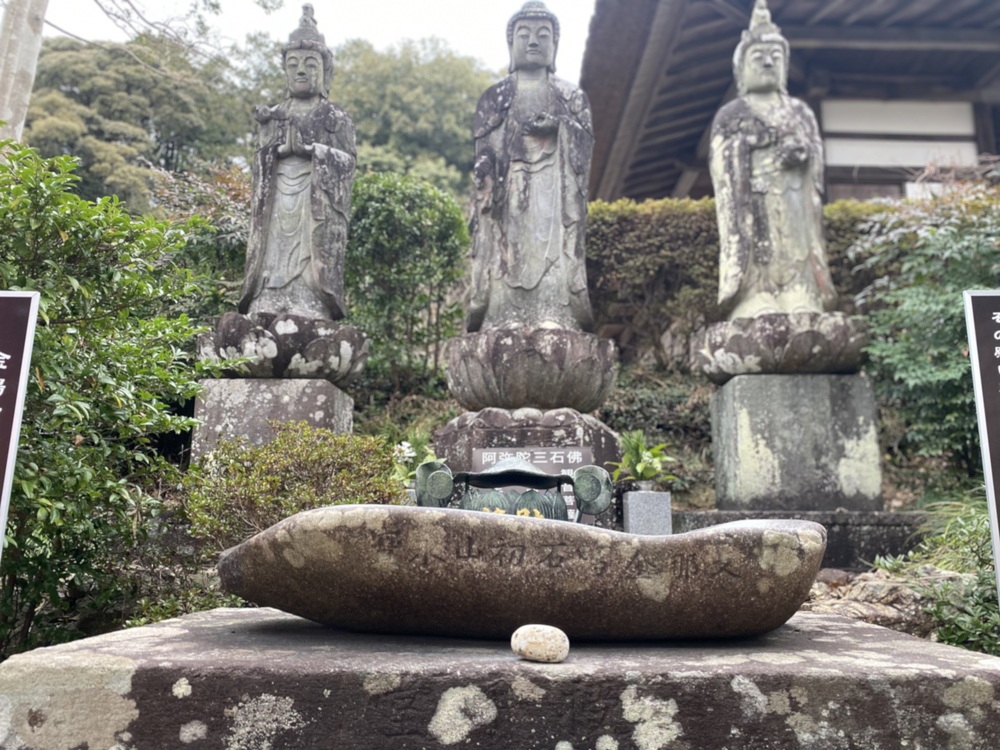
In conclusion, this phenomenon of prosperous business and big lottery wins moved people, and the temples accepted it and called it “good luck with money.”
This is a completely personal opinion…
While listening to this story, I had a strong thought.
I once again realized that gods, land, stones (nature), and even people have energy to a greater or lesser degree, and how we perceive and use it is very important.
By the way, the sound of this gold mine stone differs depending on the person who hits it.
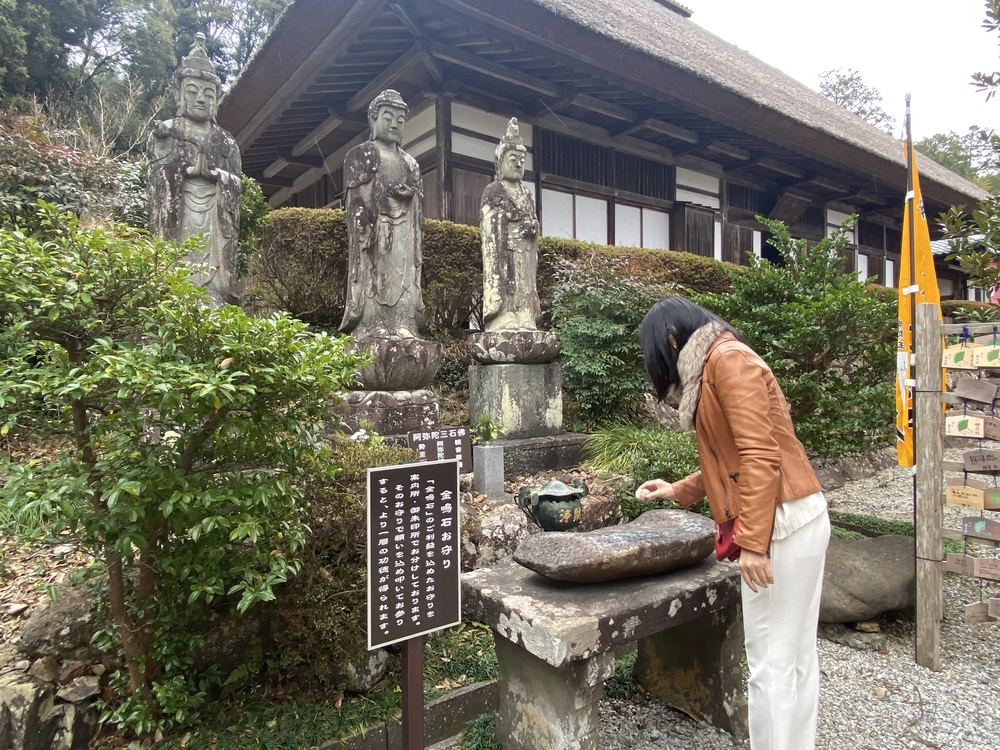
A person with a clear heart will have a clear sound.
As humans, we all have desires.
but! Don’t you want to be someone who can produce beautiful, clear sounds?
By the way, there is a technique to make a beautiful sound. that I was taught. Rather than hitting the stone with all your might, you can hear a nice sound by hitting it gently as if you were dropping a stone, and then hitting it as if you were catching the stone as it bounces back. (It’s a secret.)

After ringing the golden stone, pass between two large trees. Normally, people walk around temples in a counterclockwise direction, so the order is reversed, but these two large trees are said to be likened to torii gates. The flowers at the Chozuya were also well taken care of and had a wonderful fragrance.
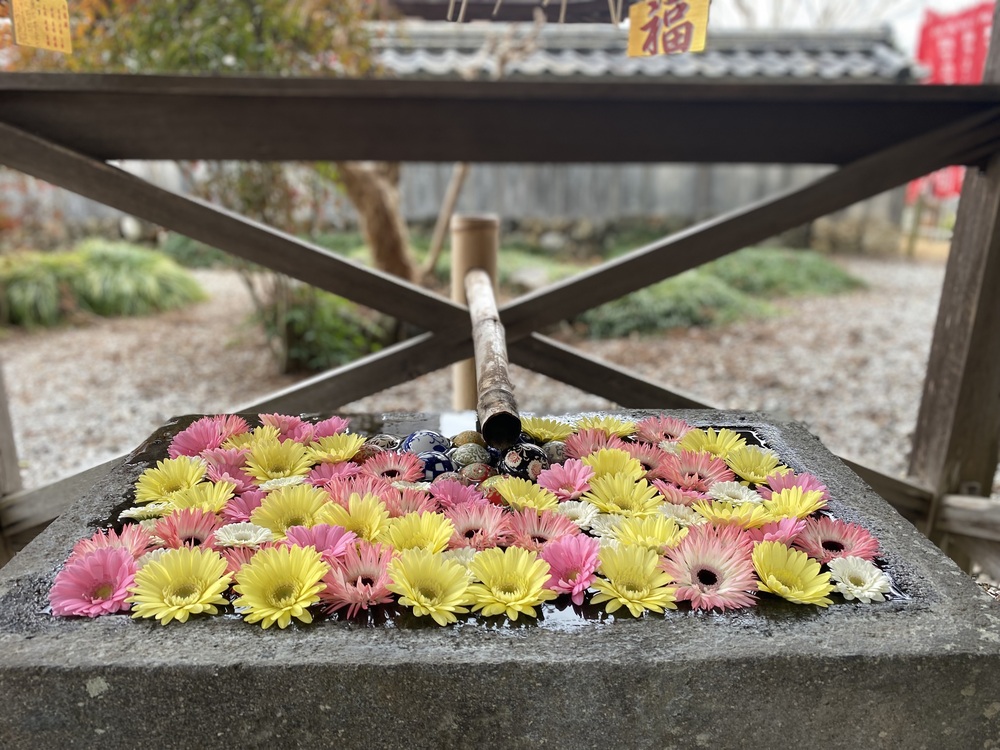
I have many opportunities to visit many temples and shrines each year, as well as religious places overseas, but there are moments when the so-called “atmosphere” changes.
When I entered the premises of Horinji Temple, I thought that the atmosphere was different, but the place where I felt it the most was near Ryubundo and Kinnaishi, and it seemed to be strong even around the two trees.
This may be the reason why it is called a power spot.
Once you know that, you’ll want to have it, right? Amulet! !
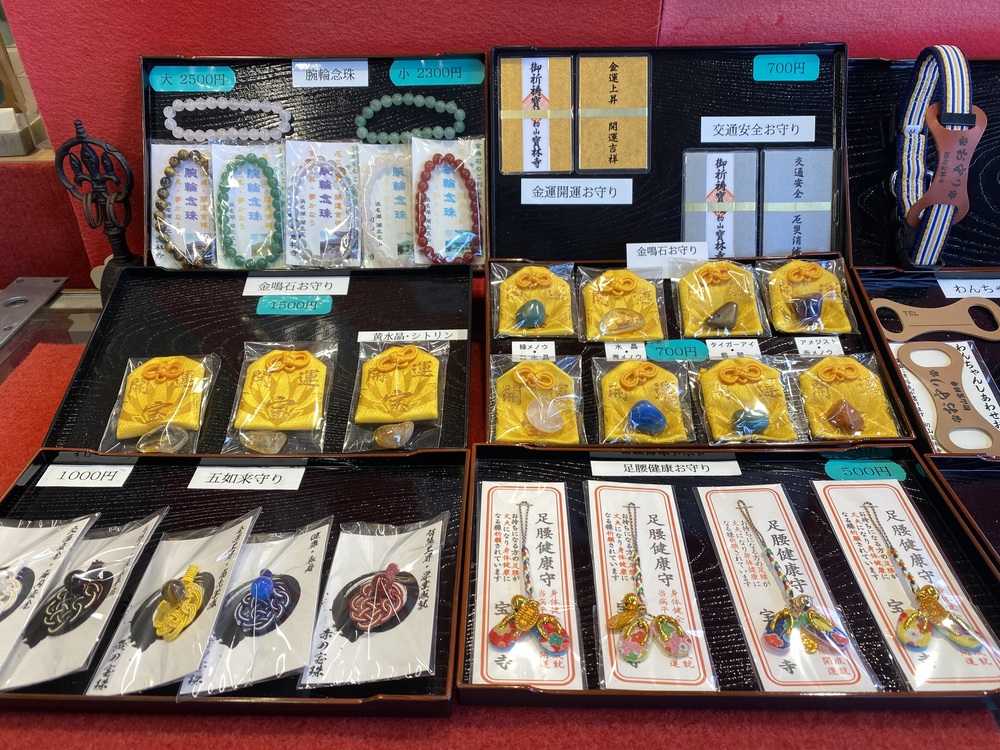
There are many options, but the one I chose is citrine, a yellow crystal that is used as a talisman for goldfish!
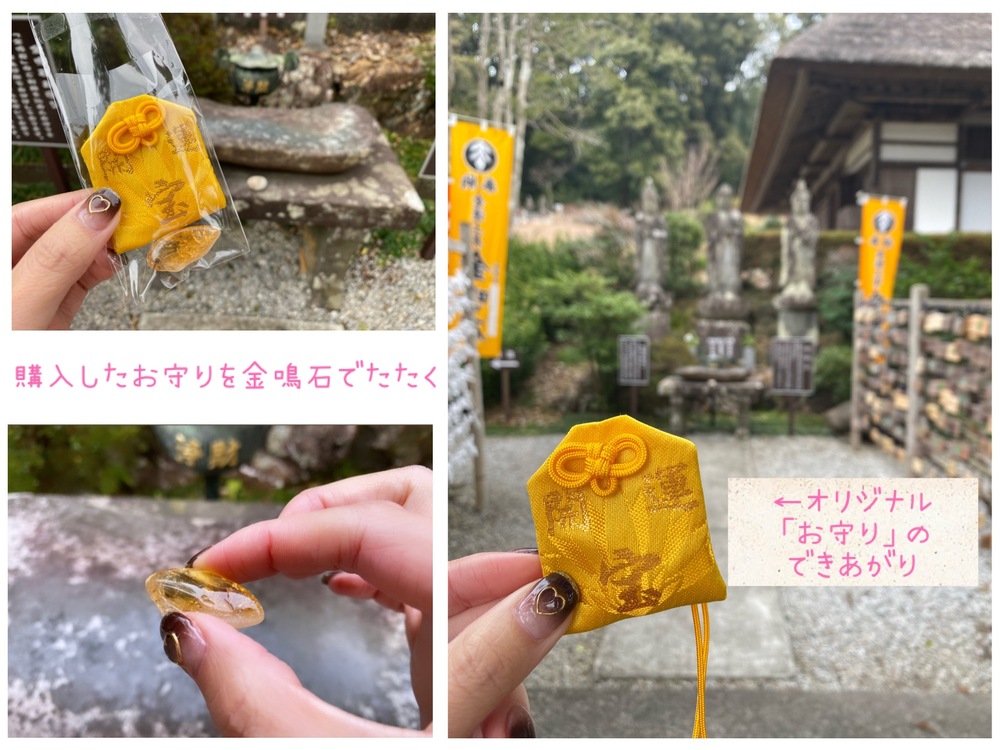
We also recommend giving them as souvenirs to share with your loved ones.
A temple blessed with wealth and treasure, where people gather like a forest
This is a temple with such an image.
Why not come and visit us at least once?
Information
[Obaku Sect shosan Horinji Temple]
Address : 431-1304
65-2 Nakagawa, Hosoe-cho, Kita-ku, Hamamatsu City, Shizuoka Prefecture
Parking : Free
Admission fee : Adults (high school students and above) 400 yen, children 200 yen
Visiting hours : 10:00-16:00

Akiha Shrine: A Hidden Sanctuary of Nature and Faith in Hamamatsu
